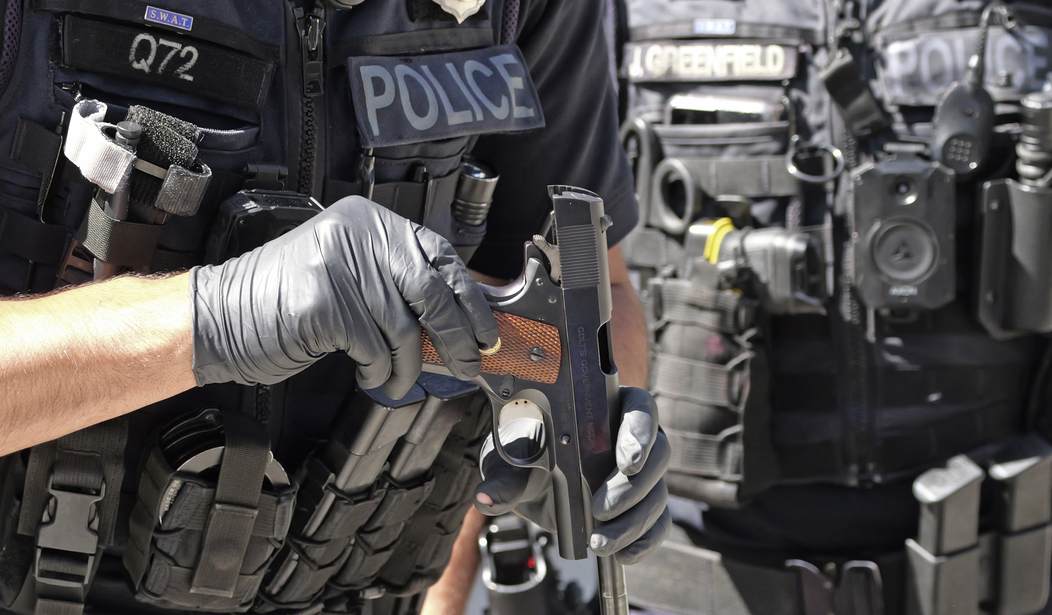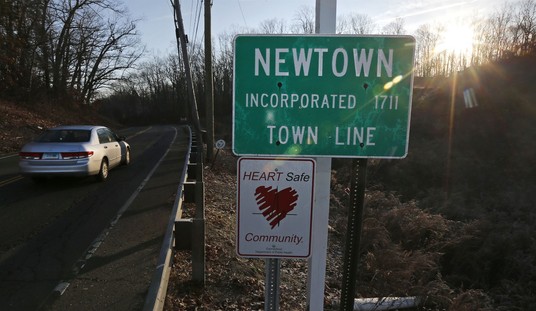Even though there’s virtually no evidence that they’re helpful in reducing crime, suicide, or accidents involving firearms, gun “buybacks” have enjoyed something of a renaissance in many American cities over the past couple of years. The combination of scads of COVID relief funds and an increase in violent crime have made compensated confiscation events a favorite strategy for city council members and mayors eager to tell their constituents they’re doing something to address their concerns, while the events themselves promise plenty of positive press for any public official who wants to show up and spout off a soundbite or two for the cameras.
In an op-ed at the Philadelphia Inquirer, Temple University criminal justice professor Gary Ratcliffe and grad student Marc Huffer are once again reminding the city council that “doing something” and doing something that works are two very different things.
Recently, we published an evaluation of Philadelphia’s gun buyback program in the journal Injury Prevention. Even though the data haven’t shown that gun buyback programs improve public safety, we hoped we might at least find a localized effect — meaning, that buybacks might reduce crime in certain neighborhoods. Alas, our study didn’t show any neighborhood impact.
Over 34 buyback events from 2019-2021, Philadelphia recovered just over 1,000 firearms for a little less than $100,000. This doesn’t include costs for administration, police staff, and gun disposal, but the program is at least not a drain on city resources. It still is, however, a distraction from other potentially effective approaches to reducing the number of shootings.
Ratcliffe and Huffer point out that the guns turned in at “buybacks” aren’t the guns that are being used in violent crimes, noting that no gun handed over during one of the city’s many “buyback” events has ever been linked to a crime using the National Integrated Ballistic Information Network; a law enforcement database containing more than 6-million records.
So what should the city be doing instead? The pair offer two suggestions to the city council, one of which is likely to be highly controversial if it’s ever formally introduced as legislation.
In the 1990s, St. Louis experimented with an innovative consent-to-search program. Police officers went door-to-door in high gun-crime areas, and asked parents of young people who were at risk of involvement in gun violence for their permission to search the house for guns. If the officers found illegal weapons, they confiscated them, but neither the occupants nor the children were prosecuted.
In this low-key approach, officers conducted between five and 30 searches per night and found guns half of the time. They recovered an average of three guns per household, bringing in more than 500 guns over 18 months. Impressively, parents gave consent 98% of the time. Because the program was focused on juvenile gun-carrying, and recovered weapons in half the searches conducted, evaluators argued it was a successful way to keep guns out of the hands of young people.
Those same evaluators, however, also said they could not evaluate the program’s impact on community safety, so there’s no guarantee that removing these guns without prosecution for illegal gun possession actually lowered the city’s crime rate. It’s a much more targeted approach, so I’d be surprised if their wasn’t an appreciable impact, but the program was also put in place at a time when violent crime rates were already starting to decline in St. Louis and nationwide, which makes it doubly difficult to assess its impact.
Police going door-to-door asking if they can come in and search for any illegally obtained firearms in the home, even voluntarily, is bound to meet with resistance from many city council members. It may be a more targeted approach than a typical “buyback” event, but it’s also far more intrusive, and I’d be shocked if there are enough votes on the council to put something like this into effect.
Ratcliffe and Huffer also point to a new initiative by the ATF and the Metropolitan Police Department in Washington, D.C. that pays up to $5,000 for tips that lead to arrests for illegal gun possession; an amount far higher than the $500 offered for tips in Philadelphia. The pair acknowledge that the D.C. program is too new to judge its effectiveness but argue that this targeted approach is still likely to reap more rewards than the current “buyback” strategy ever will.
Given the abysmal track record of compensated confiscation events, that’s not saying much. Almost any strategy you can think of is likely to be more successful than offering gift cards for guns that have been gathering dust and growing rust while stashed away in someone’s attic or basement, whether it’s midnight basketball leagues or planting trees.
The best way to tackle the city’s crime problem, however, is to focus on the relatively few perpetrators who are responsible for an oversized amount of criminal offenses. Targeted deterrence strategies helped drive down Philly’s homicide rate a decade ago, and the city has launched a more limited program over the past couple of years. One recent study conducted by the University of Pennsylvania found a 50-percent reduction in shootings among individuals who had at least two interactions with a “gun violence intervention” team, and expanding the use of targeted deterrence citywide should be a top priority for the city council going forward. Gun “buybacks” aren’t just a waste of time, energy, and money that could be better spent. When they become a distraction that prevents more effective strategies from being deployed, they play a role in all of the shootings, carjackings, and home invasions committed by repeat offenders who manage to escape consequences time and time again.








